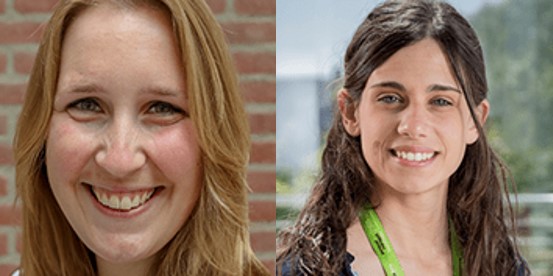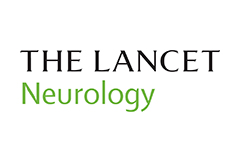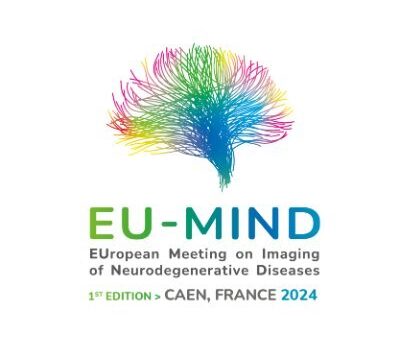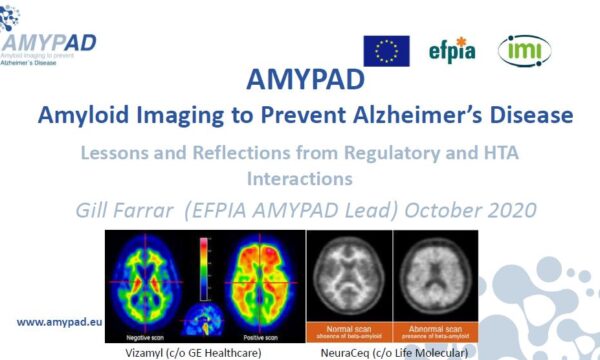The AMYPAD consortium would like to congratulate Lyduine Collij and Gemma Salvadó on successfully defending their PhD thesis in July 2021. We are proud of their contributions and all their hard work – very well deserved! We wish them all the best in their future endeavours! Here is a chance to get to know them and learn more about their thesis.
On 1 July 2021, Lyduine Collij (Amsterdam UMC, Netherlands) successfully defended her PhD thesis entitled “The AMYPAD project: Towards the next stage in amyloid PET imaging”. This work was conducted in the context of the AMYPAD project and was the first AMYPAD PhD to be completed. Lyduine was supervised by Prof. Dr. Barkhof, Prof. Dr. B.N.M. van Berckel and co-supervised by Dr. A.M. Wink and Dr. P.J. Visser. In her thesis, Lyduine investigated the utility and potential of amyloid PET imaging in clinical and research settings within the field of Alzheimer’s disease. You can read the thesis here.
Gemma Salvadó (BarcelonaBeta Brain Research Center, Spain) defended her thesis entitled “Detection of early cerebral amyloid-ß deposition by PET imaging and its downstream effects” on 9 July 2021. Her thesis was supervised by Dr. Juan Domingo Gispert and Dr José Luis Molinuevo and the tuition of Dr Roser Sala. Her thesis focused on two main points relating to the study of the preclinical stage of Alzheimer’s disease. In the first instance, she focused on the early detection of amyloid-β, which is one of the first to accumulate in the brain in Alzheimer’s disease. In the second part of her thesis, Gemma investigated other possible mechanisms that are triggered in relation to this early amyloid-β accumulation.
What have been some of your major research findings?
Lyduine: To date, amyloid PET imaging is often reduced to a binary classification, while a PET image provides you with information on the location and the extent of amyloid pathology. Thus, a significant part of possible available information is generally not used in both a clinical or research setting. For example, in a clinical setting, a trained physician will assess or read the PET images and will conclude if the scan is normal of abnormal, which has been shown to support accurate diagnosis, but maybe the location and extent has additional clinical value? In a research setting, subjects are often classified as amyloid negative or positive when the quantitative value falls below or above a pre-established cut-off, respectively. But considering amyloid accumulation is a process over a period of ~20 years, is dichotomizing amyloid status the optimal way to go? My work has shown that there is value in using this topographical information available in PET images, as it allows readers to capture very early amyloid pathology, which can support early diagnosis and stage subjects according to their level of pathology, which consequently improves the prediction of subsequent brain changes and cognitive impairment. Thus, my work provides approaches for using amyloid PET imaging to its full potential.
Gemma: The focus of my PhD thesis has been the earliest stages of Alzheimer’s continuum. I think that in this specific part of the field, I have shown two major things: 1) we can measure very early amyloid-β accumulation in the brain using amyloid-β PET imaging and; 2) there are many other biological alterations in the brain, a part of amyloid-β accumulation, even at these early stages. These two results go in favor of the current way of thinking that an early diagnostic and treatment may be key for being able to stop or, at least, delay the course of Alzheimer’s disease.
What has been your experience as a young researcher of working on a large collaborative research project like AMYPAD?
Lyduine: I consider myself extremely lucky to be part of such an amazing consortium. To be able to work at such an international level that early in my academic career has been a truly amazing experience. As a result, in the past 4 years or so, I experienced not only my scientific but also a lot of personal growth.
Gemma: It has been an amazing experience. Being part of AMYPAD has allowed me to be in direct contact with top researchers from other groups and countries, which helped me growing as a scientist myself by learning different ways of thinking and doing things. Collaborating with other groups makes you put an extra effort, which is afterwards observed in the results of our scientific work. Another thing that I enjoyed a lot is that AMYPAD has a lot of young researchers. This allowed me to share experiences and thoughts and, I made new scientific collaborations and friends that I hope will go beyond this project.
You recently finished your PhD. What are your future plans?
Lyduine: For now, bringing AMYPAD to a successful end in September of 2022. After that, continue with my academic career, wherever that will take me!
Gemma: My plan is to continue working in the research of Alzheimer’s disease. I’ve learned a lot in the last four years and I would like to use this knowledge to help continue our fight against this terrible disease.



